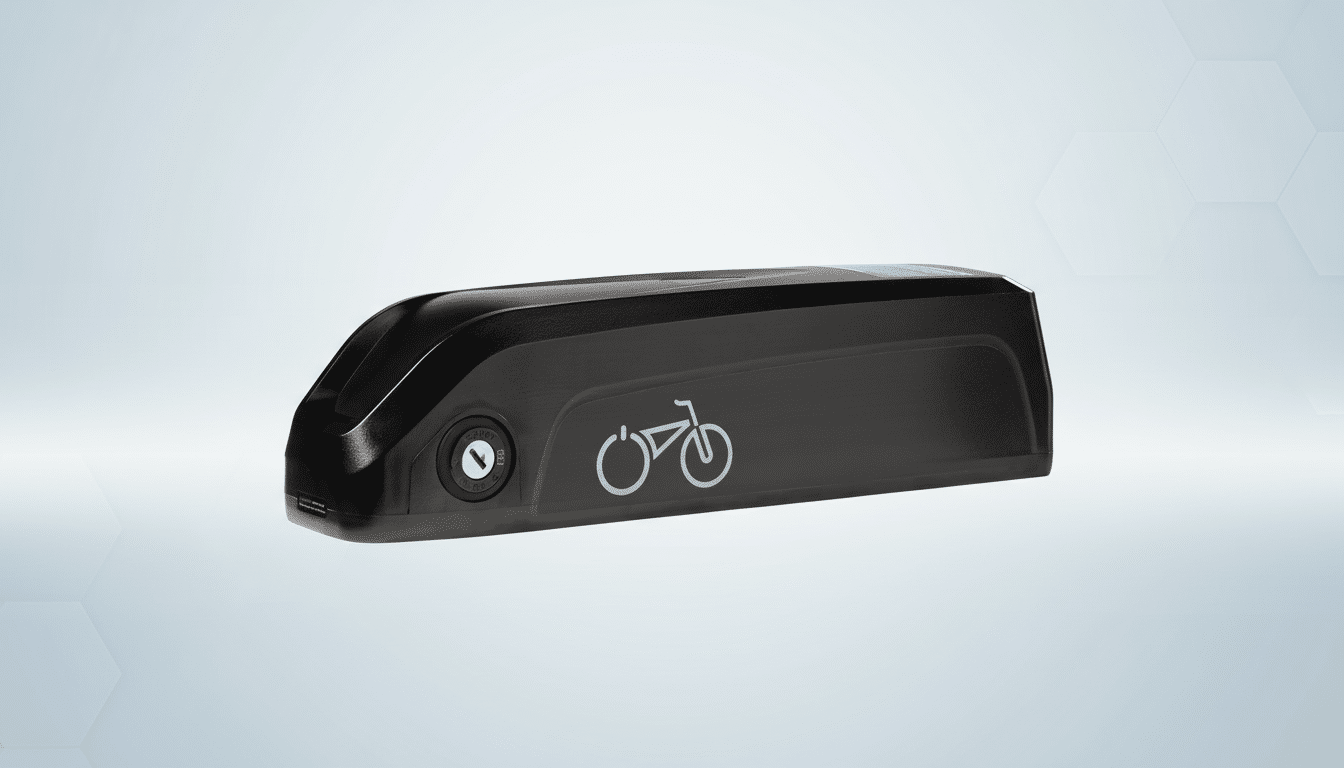The U.S. Consumer Product Safety Commission said today that specific batteries intended for use by the company’s Rad Power Bikes e-bikes were deemed a threat to cause serious injury or even death, advising owners to cease using certain packs on the spot.
The agency cited 31 reports of fires, including 12 incidents that caused property damage, and said several occurred even when the batteries were not on a charger.

CPSC — which notes that the pack or wiring harness may have been exposed to water or debris — said the batteries can “smoke, catch fire and/or explode.” Lithium-ion thermal runaway may not produce a fire in seconds, but it does generate extreme heat and toxic smoke that spreads quickly through homes and garages.
What the federal safety warning is about and entails
The safety warning, issued via model guidance, tells owners of Rad Power Bikes to check whether their battery falls within the warning and to take action right away if it does.
Consumers were instructed not to throw away lithium-ion packs in household garbage or normal recycling channels. Instead, CPSC advises individuals to take batteries to municipal household hazardous waste collection facilities and contact local fire departments for safe handling and temporary storage until drop-off.
Regulators have also said Rad Power Bikes refused to carry out a sufficient recall, and that the company would use financial constraints as an excuse not to offer replacements or refunds for all customers. The Verge reported that the company had offered to upgrade owners with newer battery designs not covered by the warning, but that offer was turned down by CPSC.
Company response and the financial stress it faces
Rad Power Bikes said its batteries met the rigorous standards of the industry and that the incidence rate cited was less than 1%. The company maintained that if an “all-or-nothing” recall demand was placed, it would require an immediate cessation of operations — something that would erode support for its riders and employees. The dispute comes as the e-bike maker grapples with dire cash constraints, and it is seeking fresh capital to stay in business.

Certification has developed into a central focus for the e-mobility sector. The CPSC has been encouraging e-bike makers to follow UL 2849 for entire electrical systems and UL 2271 for battery packs. While some cities, including New York, have moved to limit the sale of noncertified e-bikes and chargers, it’s indicative of what insurers and landlords see as an increasing concern about lithium-ion hazards in multifamily buildings.
Why these e-bike batteries fail and how risks escalate
Battery fires are caused by an internal short that sets off thermal runaway. Most e-bike battery fires start in this way. Water infiltration, damage from road salt, or debris in connectors can wear away insulation and override battery management safety measures. Repetition of vibration, aging cells, and use of chargers not suitable for the batteries can increase the risk. When one cell releases hot gas, that can spread to neighboring cells, transforming a small defect into a fast-moving inferno.
The hazards are not hypothetical. The New York City Fire Department has tallied more than 260 lithium-ion fires, linked primarily to micromobility devices, in 2023 so far, with several fatalities and dozens of serious injuries. Nationally, the CPSC has cataloged a spate of mishaps involving e-bikes, scooters, and hoverboards, issuing multiple advisories urging people to charge on nonflammable surfaces, keep devices clear of exits, and not to charge overnight — guidance that becomes meaningless when packs are unsafe off the charger.
What Rad Power battery owners can do right now safely
- If your Rad Power battery fits the CPSC warning, stop using it and do not charge it.
- Store the pack outdoors in a dry, well-ventilated area such as a storage shed, porch, or detached garage, away from combustible materials, while checking for damage including swelling, odor, or extreme heat.
- Check with your local household hazardous waste program for disposal instructions tailored to lithium-ion batteries; many programs offer scheduled drop-off or special collection.
- Document serial numbers, purchase records, and correspondence to preserve the possibility of being made whole.
- If your building has strict policies, inform property management about the CPSC warning to avoid potential insurance conflicts.
- Do not mix in third-party batteries or chargers; doing so is dangerous and can void warranties or violate local safety regulations.
Broader industry implications for e-bikes and safety rules
The standoff between CPSC and a top direct-to-consumer e-bike brand highlights a maturing market operating under stricter regulation. Anticipate stronger compliance inspections, clearer labeling, and stricter retail enforcement for certified systems. The bottom line: For consumers, the best course is to buy UL-listed e-bike systems, check whether your charger will work with those systems, and favor brands with transparent after-sales support and parts availability.
E-bikes are a crucial part of urban mobility, but confidence rests on the safety of batteries. The fallout from that alert — and whether it leads to a formal recall or negotiated solution — will establish precedent for how the e-bike industry confronts mounting lithium-ion hazards in the coming months.

